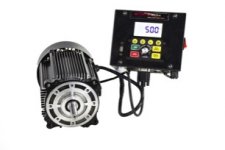Mario Turcot
Member
- Joined
- Nov 26, 2017
- Messages
- 1,288
I found that video interesting.
Brushless Motor
What do you think, should we pay more for something that cost less to produce?
Brushless Motor
What do you think, should we pay more for something that cost less to produce?

